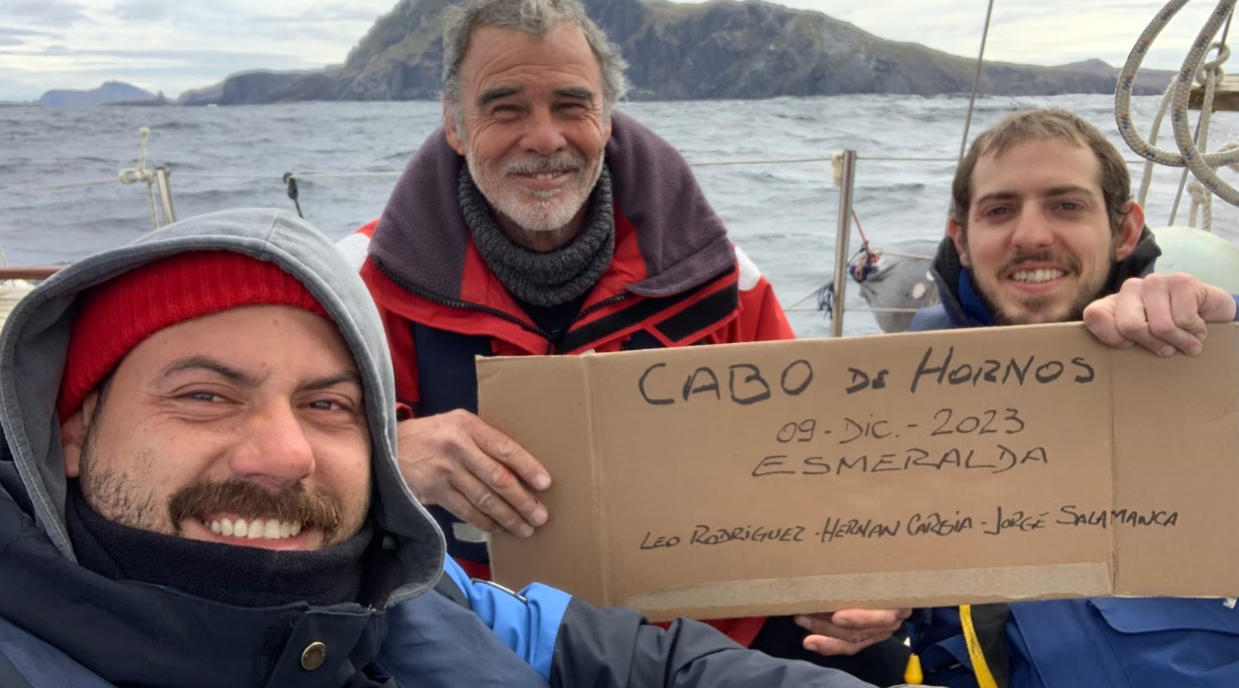A Venezuelan migrant arrives on a sailboat at Cape Horn, the most dangerous sea route in the world


When Leonardo Rodríguez, producer and audiovisual photographer, learned of the adventure that Chilean Jorge Salamanca, to whom he had rented his sailboat on several occasions, was about to undertake, he immediately proposed documenting the trip.
The route included travel from Spain to Cape Horn (Chile), the southern limit of the South American continent and one of the most dangerous maritime challenges in the world.
Rodriguez did not imagine that this trip would make him one of the few Venezuelans, and perhaps the first (he could not confirm this), to reach this part of the world.

“Jorge told me about the project he had. He is Chilean and has been living in Spain for more than 40 years after immigrating in the 1980s. He told me about his whole struggle as an immigrant and about his childhood dream of sailing in the South Seas. His great-grandfather and ancestors were part of the Chilean Navy (…) and He intends to sail from Spain to Cape Horn in his sailboat.”
“I knew nothing about navigation, but when I investigated Cape Horn and the feat that Jorge intended to perform, I was captivated by the adventure and told him that we must document it. I said to him: If you allow me, I will join this ship with you and we will document this unseen adventure.” A big precedent; “I think it's very unique and exclusive at this time,” the Venezuelan said in an interview with Voice of America.
Journey to Cape Horn
Cape Horn is the last point of land before Antarctica, where the world's two most important oceans meet: the Pacific and the Atlantic.
Sailing in this area is considered dangerous due to many conditions, such as the southern latitude, the almost complete absence of land, strong winds, waves that may exceed 30 meters in height, and even floating ice. The properties of these waters caused about 1,000 ships to sink and at least 10,000 people to die.
Leonardo Rodriguez had this information in mind, which is why he insisted on documenting it.
To continue reading click here.




:quality(85)/cloudfront-us-east-1.images.arcpublishing.com/infobae/P3M34YHXTVFZTCYTQQSSPRA4ZM)